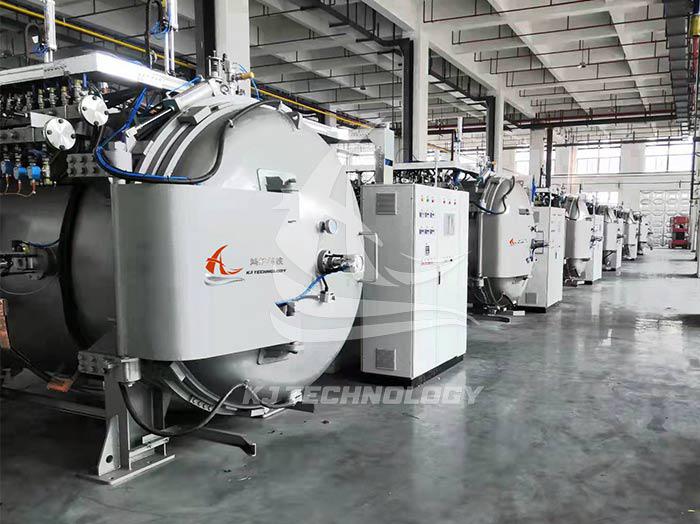Can a vacuum brazing furnace brazing ceramics?
 03-26-2025 Author: KJ technology
03-26-2025 Author: KJ technology
Vacuum brazing furnaces have significant advantages in the field of connecting ceramics and metal materials. Due to the high melting point, high insulation performance, and poor thermal stability of ceramic materials, traditional welding methods often fail to meet their welding requirements. The vacuum brazing furnace performs brazing in a vacuum environment, which can effectively eliminate the harmful effects of air on the workpiece, avoid oxidation, carburizing, decarburization and other problems, and thus obtain high-quality brazed joints.
Specifically, vacuum brazing furnaces can use brazing materials containing active elements (such as Ti, Zr, etc.) to directly brazed ceramics to metals, ceramics to ceramics, and other materials. This method can solve the connection problem of parts that cannot be fully metalized due to blind holes or geometric size factors, greatly simplifying the brazing process and meeting the requirements for high-temperature use of ceramic components.
For example, in the production of heat exchangers and infrared radiation sources, alumina ceramics are often brazed together with alkali resistant and corrosion-resistant metals in a vacuum brazing furnace, resulting in dense brazed joints with a tensile strength of up to 140MPa, good corrosion resistance of the joints, and the ability to withstand high temperature environments.








